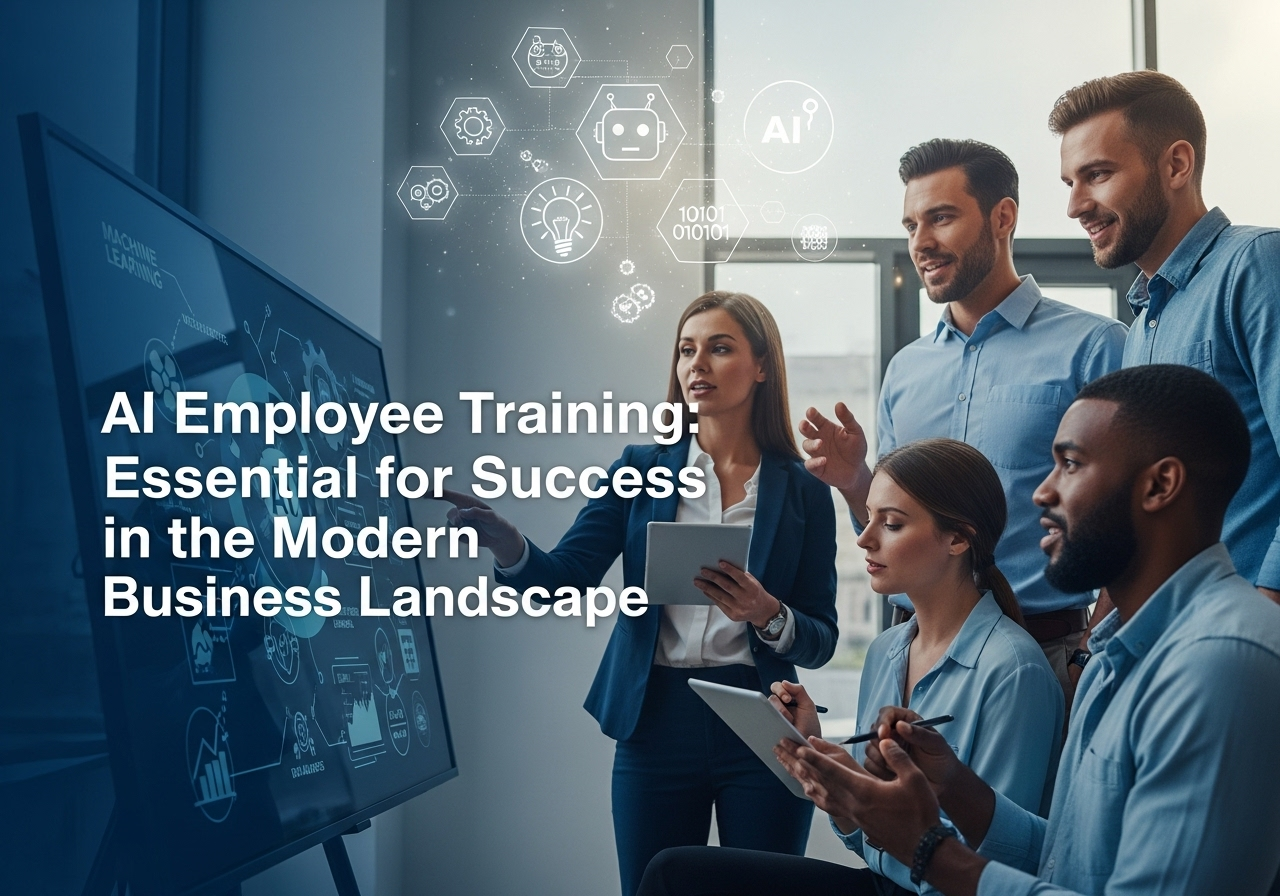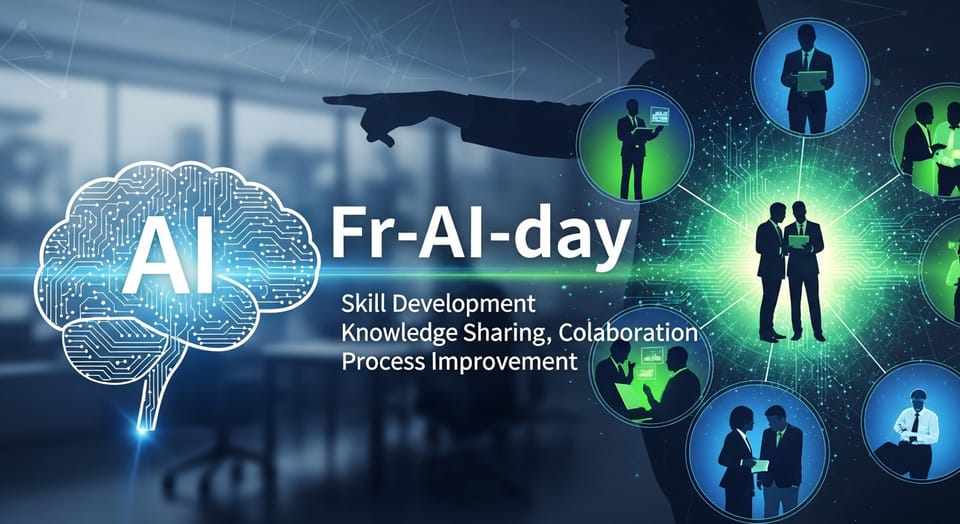AI Employee Training: Essential for Success in the Modern Business Landscape

Are you looking to implement AI in your company because it's trending in the business world? Before rushing to adopt AI technologies, consider this strategic approach: train your staff first. This foundational step not only prepares your workforce but can inspire employees to identify valuable AI use cases specific to your organization's needs.
Avoiding "Shiny Object Syndrome" with AI
Many organizations fall victim to "shiny object syndrome" when it comes to new technologies. We saw this during the cloud revolution, when companies hastily migrated from on-premise systems to cloud solutions without proper planning. This often resulted in unexpected costs and inefficiencies. Now that cloud technology has matured, its value is well understood—but we're only beginning to grasp AI's potential, particularly with Large Language Models (LLMs).
Rather than implementing AI simply to claim you're using it, focus first on creating value. The classic mistake is "finding a problem for the solution" instead of addressing actual business needs. A measured approach begins with comprehensive training that helps staff understand what LLMs are and how they function. Many training platforms offer concise courses, and your existing corporate compliance training systems might already include AI modules.
A Strategic Implementation Approach
If you're considering AI implementation, follow these essential steps:
- Establish mandatory training for all staff to create a common foundation of AI knowledge across the organization
- Collaborate with department leaders to gather feedback from different business areas
- Encourage brainstorming sessions that generate ideas for improvements and efficiencies
- Address job security concerns transparently - either reassure staff that AI will enhance their work rather than replace them, or be honest about potential workforce reductions while communicating generous severance packages
Transparency about potential workforce changes is crucial. Consider Netflix CEO Reed Hastings' approach to severance packages: a minimum four-month severance from day one. This policy makes it easier for managers to address performance issues promptly and allows both parties to maintain dignity. Being upfront about severance benefits can ease employee concerns and encourage more open discussion about AI possibilities.
Identifying Meaningful Applications
With a knowledgeable and engaged workforce, you can effectively identify areas for AI improvement. Rather than limiting yourself to existing tools and processes, envision your ideal workflow and reverse-engineer from there: define the desired outcome, then determine how to achieve it.
While consumer-facing chatbots receive significant attention, don't overlook their internal business value. Both Google and Microsoft have developed sophisticated enterprise solutions that can integrate with your corporate data in platforms like SharePoint, OneDrive, Confluence, and JIRA. These tools enable employees to quickly find answers about company policies or standard operating procedures without searching through extensive documentation—assuming your documentation remains current.
The Path Forward
AI can be a powerful business tool, but like any tool, proper training is essential to maximize its value. Sometimes multiple AI tools will be necessary to address different business needs—and that's perfectly acceptable. By prioritizing employee education and engagement, you'll discover the most meaningful applications for your specific organizational challenges.




